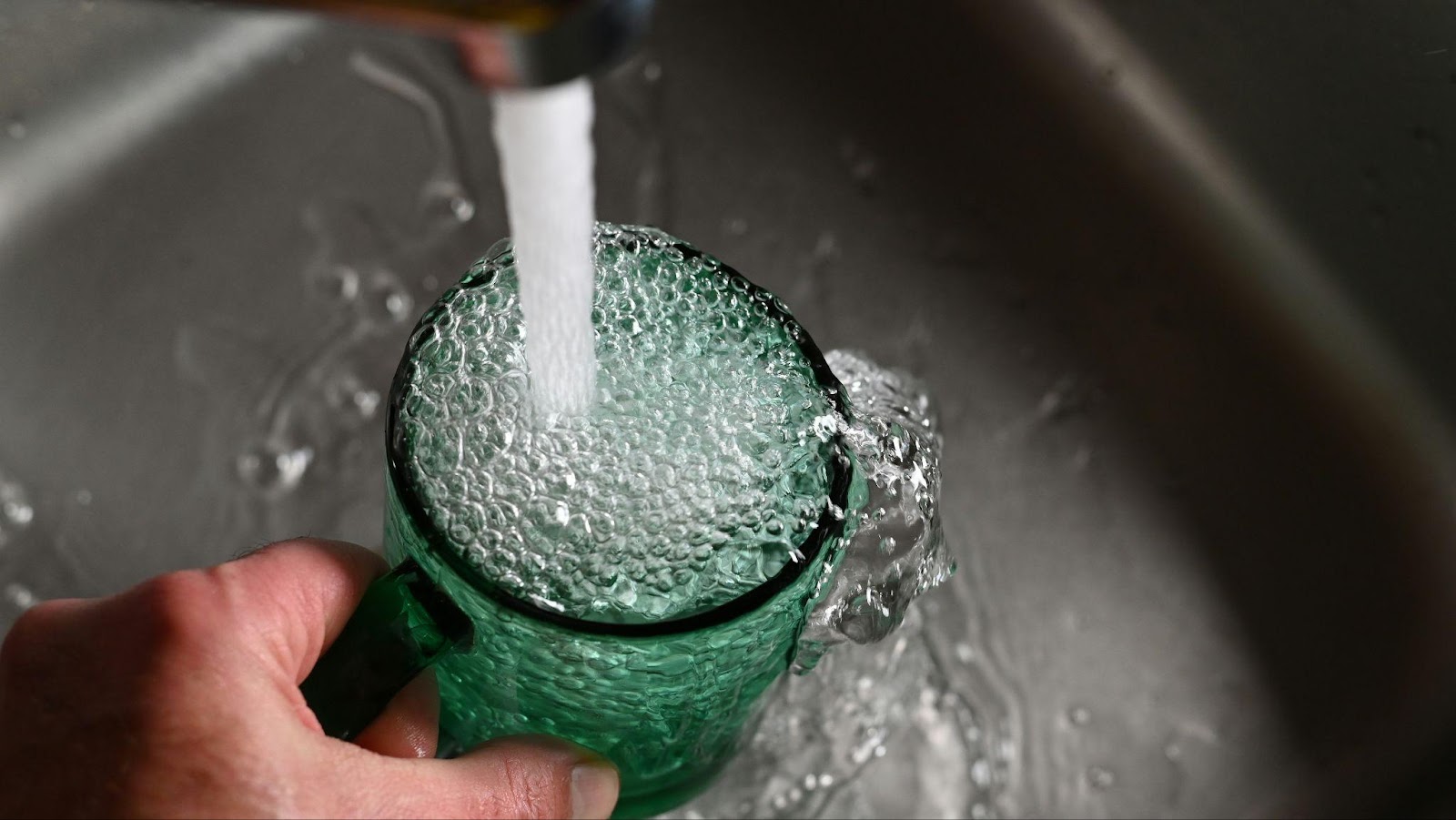An element as vital as water often escapes our scrutiny in terms of its quality. However, imperfections in water quality can be the silent culprits behind numerous health threats and infrastructural damages. Recognizing the harbingers of these problems is crucial for prompt and effective action. In this regard, let’s explore three unmistakable signs of compromised water quality.
- The Tell-Tale Tastes and Odors: Trust Your Senses
Is there a metallic bite to your water, or perhaps a peculiar scent wafting from it? One of the earliest indications of reduced water quality is a shift in taste or smell. Such changes may be caused by pollutants like chlorine, sulfur, or metals such as copper and iron.
For instance, a metallic taste often betrays an incursion of heavy metals, possibly originating from deteriorating pipes. Earthy or musty odors can suggest organic material contamination, while a ‘rotten egg’ smell can indicate the presence of sulfur bacteria.
Disregarding these alterations could lead to an array of health complications, from gastric distress to severe liver and kidney conditions. So, when you notice these changes, it’s paramount that you respond promptly.
- The Trouble in Transparency: Discoloration and Sediment
An obvious red flag of water quality issues is any discoloration or sediment presence. Ideally, your tap water should look as clear as crystal. Cloudy, rusty, or particulate-laden water necessitates an investigation.
For instance, brown or rust-hued water could signify iron or manganese contamination – a common issue in older buildings with outdated plumbing systems. Cloudy water suggests the presence of various impurities including dirt, silt, or microbial contaminants. If your water appears green or blue, it could indicate high copper levels, possibly linked to corroding copper pipes.
Overlooking these signals can lead to escalated problems down the road, consisting of pipe corrosion, appliance damage, or even health risks for your family or tenants.
- The Subtle Clues: Stains and Scale Build-Up
Odd stains on your fixtures or a white, crusty build-up creeping over faucets and showerheads can also be key indicators of water quality issues.
Brown or reddish stains could signal iron presence, while a chalky white scale is an indication of hard water, usually rich in calcium and magnesium. While these minerals may not pose an immediate health risk, they can reduce appliance efficiency, resulting in inflated energy bills and frequent maintenance needs.
Keeping Your Water Safe: The Role of Regular Tests and Maintenance
Identifying these early signs of water quality issues is an essential first step. But maintaining the quality requires scheduled water testing, regular plumbing overlooks, and installing appropriate filtration systems from Aqua Pro WS and similar services.
Don’t let water quality issues escalate into substantial health risks or infrastructural damage. Keep a vigilant eye for any changes in taste, odor, color, or build-up, and ensure that the water supply in your home or business continues to be safe and clean. Remember, regular water testing and proactive maintenance are indispensable in protecting your water supply.

